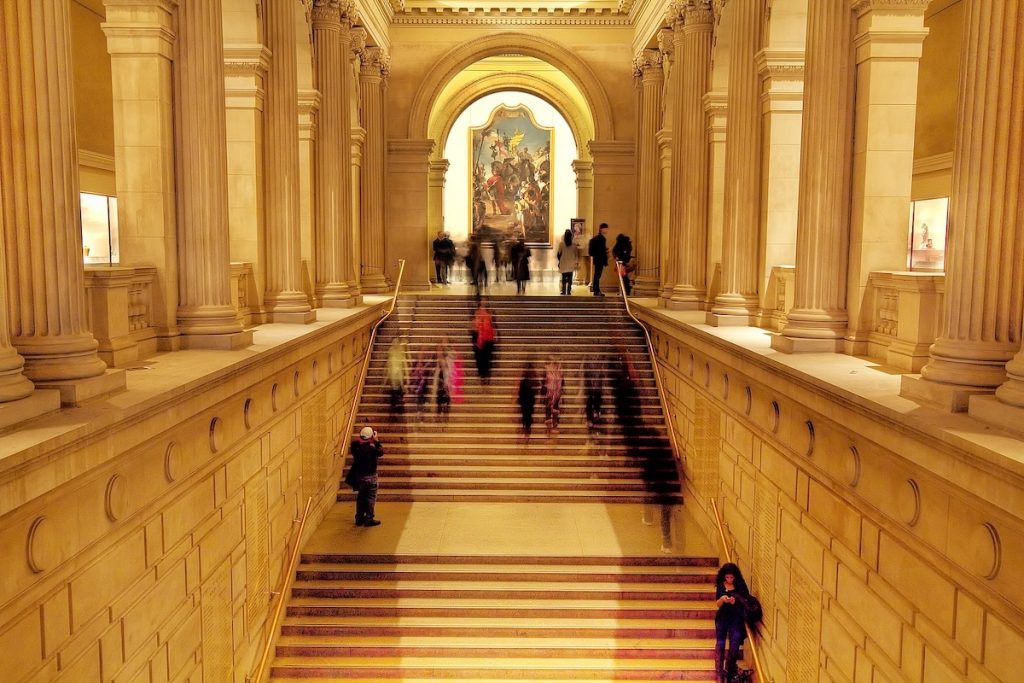The Metropolitan Museum of Art, otherwise known as “the Met,” opened its doors in 1870. Its initial collection was just one Roman sarcophagus and 174 European paintings. Today the museum boasts a collection of 1.5 million+ objects, artifacts, and works of art. Easy to say, there are many highlights of the Met.
So what should you see, and is a Met museum tour worth it? Read along as we break both of these questions down.
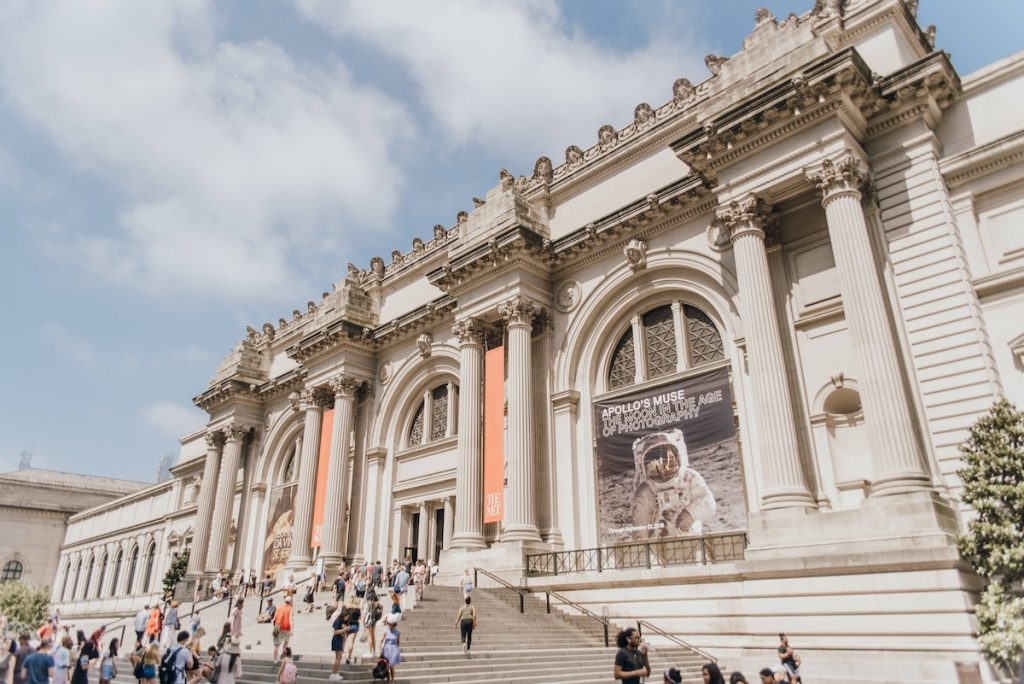
To get a guided tour or to not get a guided tour…that is the question!
Taking a guided tour is always a great investment. You’ll:
- Get expert knowledge and contextualization of certain Metropolitan Museum of Art exhibits from our guides.
- Have an interactive and more enriching museum experience.
- Gain a deeper appreciation for the art and artifacts on display.
- Learn fun facts and trivia that would otherwise go unnoticed.
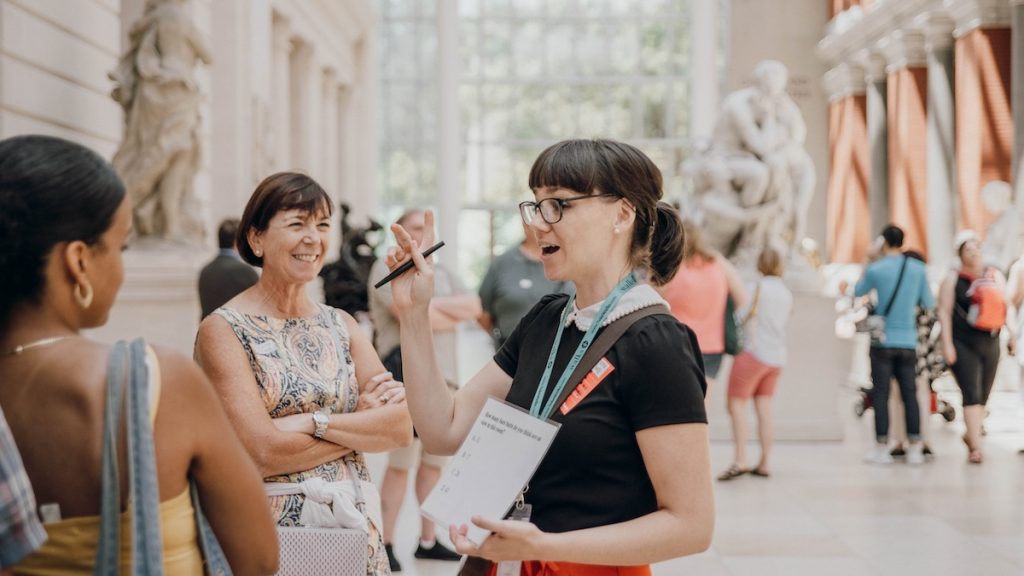
Highlights of the Met
Egyptian statues (with broken noses)
Have you ever stopped to question the curious phenomenon of broken noses on Egyptian statues?
Our Highlights of the Metropolitan Museum of Art tour will have you pondering.
Standing in front of a 4,500-year-old funerary statue from Ancient Egypt in the lobby of the museum, our expert guide will share the detailed history about why the statue’s left foot is extended, and a fascinating historical tidbit about why his nose is broken.
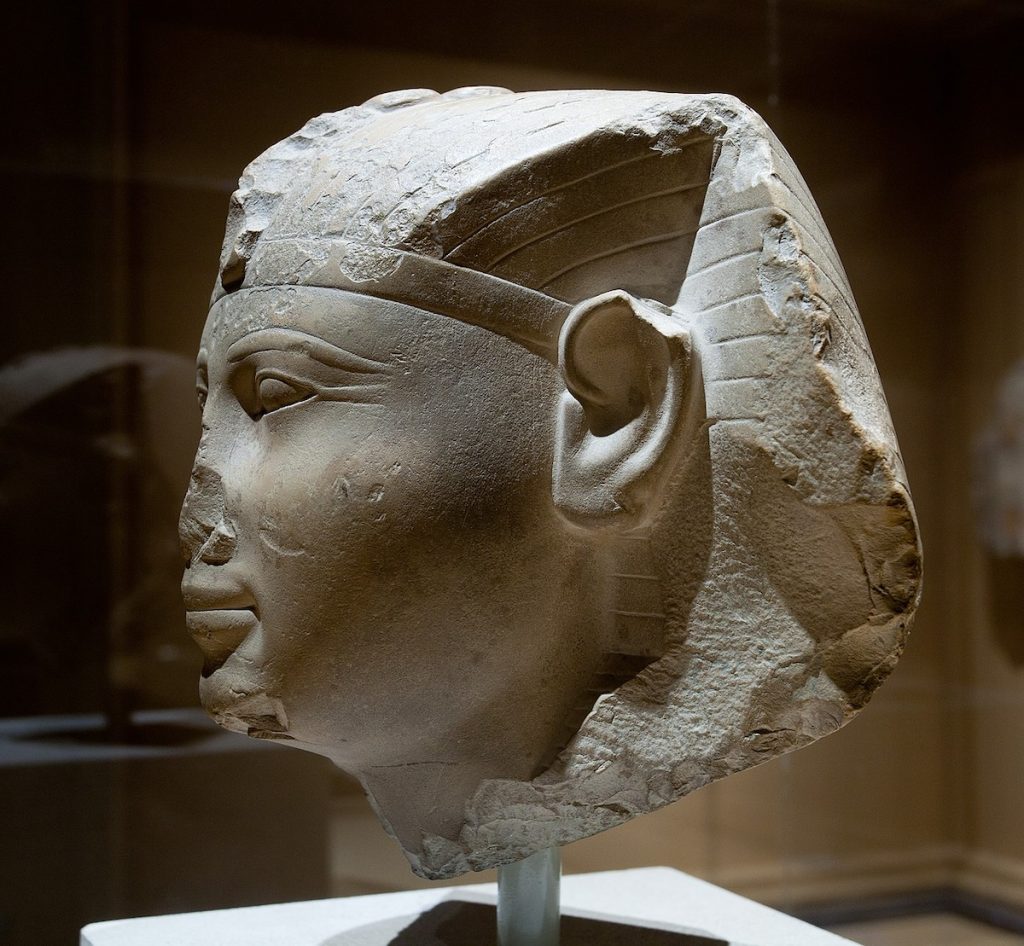
The Met’s great discovery of antiquity
In 1920, Herber Winlock went to Egypt’s Valley of the Kings and found a treasure of funerary objects.
When people died in Ancient Egypts they were buried with miniature versions of necessities so they could have them in the afterlife. Winlock stumbled upon small versions of boats, as well as “dollhouse”-like versions of a slaughterhouse where people were slaughtering an ox, draining its blood to make blood pudding. Because some people can’t go to the afterlife without some blood pudding!

The majestic Temple of Dendur
Housed in a natural light-filled room with soaring ceilings, you might not notice the ancient graffiti that other travelers carved into the stone, such as the carving of the cross and the chalice that early Christian explorers etched there.
When the temple was available to acquire, several art institutions were vying for it—the Met, the Boston Museum of Art, and the Smithsonian—and thanks to Jacqueline Kennedy Onassis and her vast network of connections, the Met was able to receive it. Your guide might point out that the former First Lady’s penthouse was just across the street from the Met and you can see it from where you’re standing in front of the temple and the wall of glass, so look out!

American Art (with amusing insights)
In the wing that exhibits American art, you might not even notice the iron eagle sculpture (William Rush, 1811) in Philadelphia. It hangs from the ceiling at an intersection of corridors to other galleries. You also might not notice which way the eagle’s beak is pointing at (but, keep your eyes peeled, and your ears open as the guide lets you in on a little secret!).
As you take a closer look at this larger-than-life painting by Leutze, the guide may point out a few of the historical anachronisms in the work, and explain why for Leutze, historical accuracy wasn’t a top priority.
You might also be studying a full-body portrait of George Washington with your guide and learn the meaning behind the common phrase that something “costs an arm and a leg.” Any guesses?
_______________________
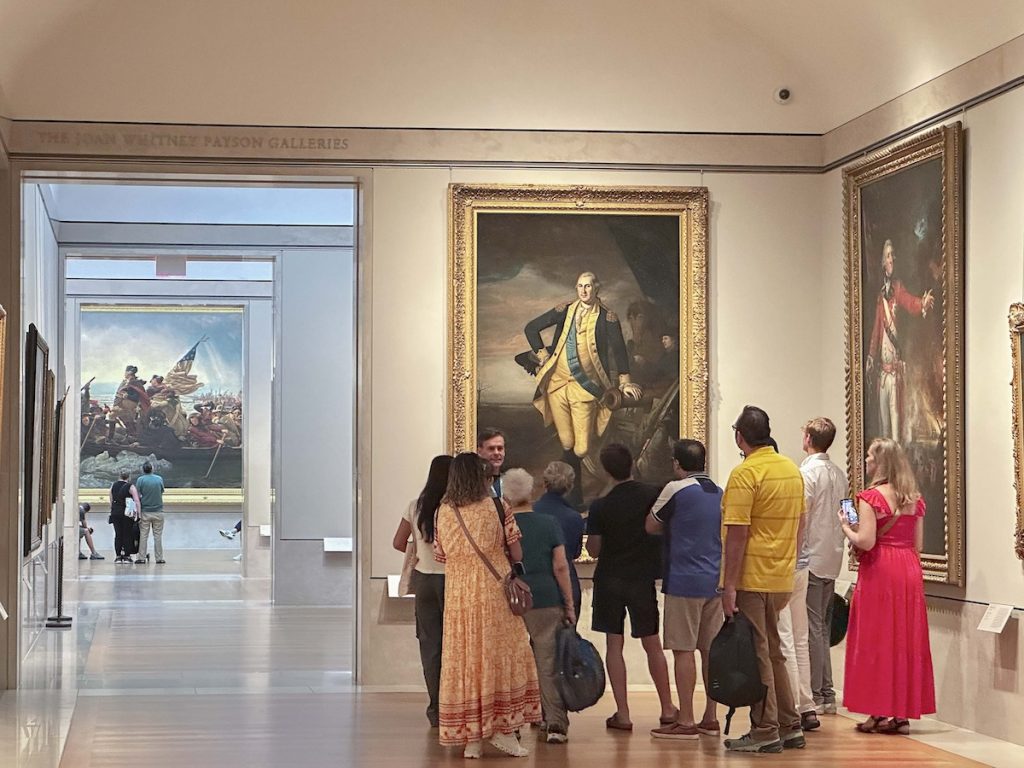
A lost Michelangelo sculpture
On the way down to see “Cupid” (Michelangelo, 1490), as you descend an Art Nouveau staircase, you’ll learn why even the staircases are significant in the Met!
Standing in front of this Michelangelo sculpture, you’ll hear the story of an NYU art professor who was doing research on the many lost Michelangelo works of art, and how on one evening in October 1995, she noticed the sculpture displayed in the main room looked oddly familiar. And it suddenly dawned on her: Could this be one of those Michelangelo sculptures that had been deemed “gone forever”? Could it have been hiding in plain sight?

Impressionism—but with a new impression
Up in the galleries exhibiting the Impressionist and Post-Impressionist painters, you’ll learn why Americans are particularly keen on this era of European art. You’ll learn the real story behind the young ballerinas that Degas often painted.
You’ll come to understand how 18th-century Japanese artist Hokusai, particularly his iconic “Thirty-Five Views of Mount Fuji,” were a big but somewhat hidden influence on Monet. And then you’ll see how Monet later influenced 20th-century Abstract painter, Mark Rothko.
You might also learn from your guide the reason why Van Gogh painted so many self portraits, or how Michelangelo’s obsession with sculpting hands inspired Rodin’s use of hands in his sculpture.
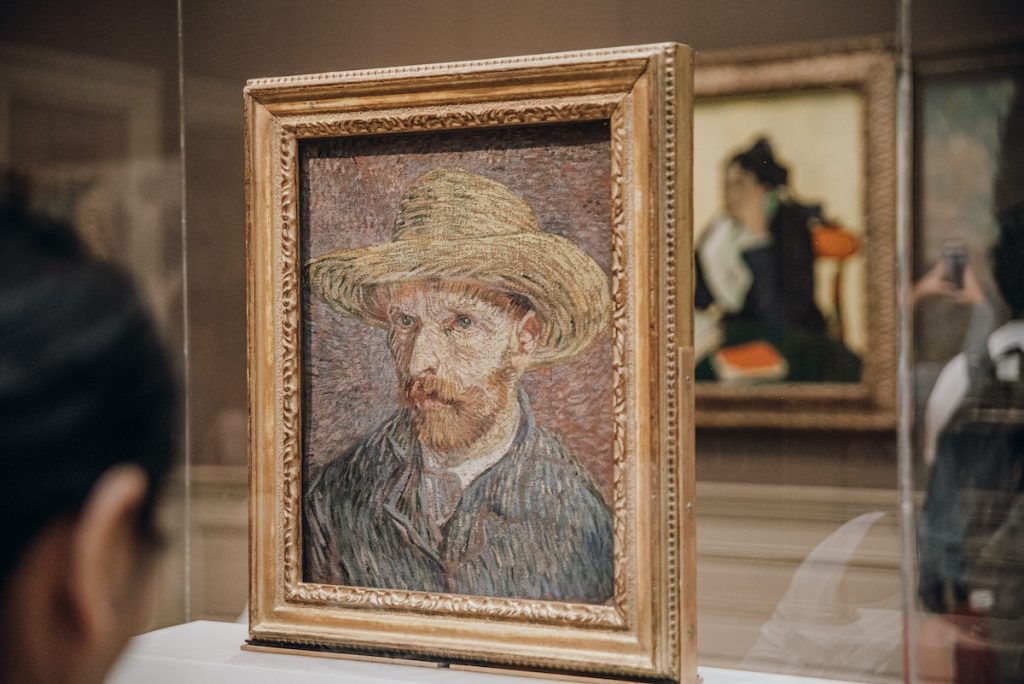
So, is a guided tour of the Met worth it?
Absolutely. Even if your guide takes you in a different direction—figuratively and literally—you’ll gain new knowledge and appreciation for the exhibits in a way that you wouldn’t have attained if you were on your own.
And when the tour it’s all said and done, you’ll still have time to explore the museum on your own if you’d like. Not a bad way to spend a day in New York City!

Quick facts about the Met
How big is the Met?
- It’s the largest museum in the USA, and one of the biggest in the world (2.2 million square feet).
How popular is the Met?
- It’s one of the most popular museums in the world. In 2019, 7.3 million people walked through its doors.
How does the Met compare to other museums?
- The Met has a vast collection spanning over 5,000 years of art history, while the MoMA focuses primarily on modern and contemporary art.
- The Met is like a blend of the British Museum and the National Gallery in London.
- The Met has a dynamic complex of exhibition spaces.
